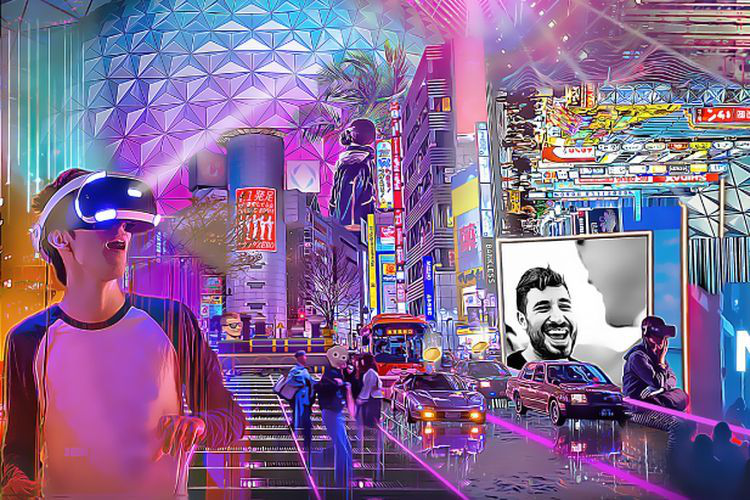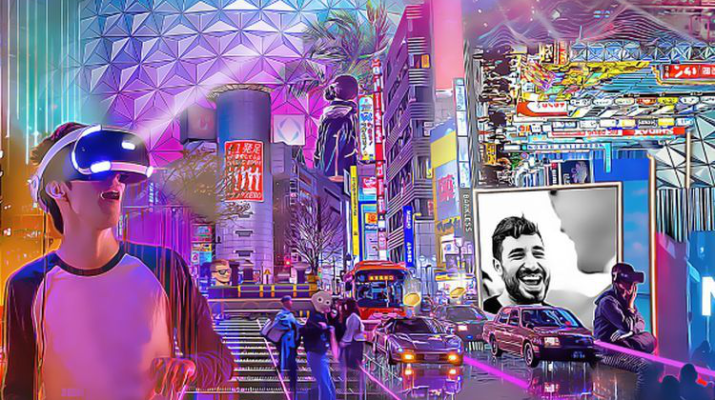In recent years, the concept of the metaverse has emerged as a fascinating glimpse into the future of virtual reality and online interaction. This article aims to delve into the intricacies of metaverse technology, exploring its potential and the implications it holds for shaping the way we engage with digital environments.
Understanding the Metaverse
The term “metaverse” refers to a collective virtual shared space, created by the convergence of virtually enhanced physical reality and physically persistent virtual space. It encompasses all aspects of virtual reality, augmented reality, and the internet as a whole, providing users with immersive, interactive experiences that transcend the boundaries of traditional online platforms.
Key Components of Metaverse Technology
1. Virtual Worlds: At the core of the metaverses are virtual worlds—digitally rendered environments where users can interact with each other and with digital objects in real-time. These worlds are often highly customizable and can range from lifelike simulations of the physical world to fantastical realms limited only by imagination.
2. Augmented Reality (AR) and Virtual Reality (VR): AR and VR technologies play a crucial role in bringing the metaverses to life. AR overlays digital content onto the user’s physical surroundings, while VR immerses users in fully immersive, computer-generated environments. Together, these technologies create a sense of presence and immersion that is central to the metaverse experience.
3. Blockchain and Decentralization: Many proponents of the metaverse advocate for decentralized architectures and blockchain technology to power virtual economies and ensure user autonomy. Blockchain enables the creation of digital assets, currencies, and property rights within virtual worlds, allowing users to buy, sell, and trade virtual goods securely and transparently.
Applications and Implications of the Metaverse
The metaverses has far-reaching implications across a wide range of industries and fields:
1. Gaming and Entertainment: Virtual worlds offer endless possibilities for gaming, storytelling, and immersive entertainment experiences. From virtual concerts to interactive gaming environments, the metaverse is poised to redefine how we experience entertainment online.
2. Education and Training: Virtual classrooms and training simulations enable learners to engage with content in dynamic, interactive ways. The metaverse has the potential to revolutionize education by providing immersive learning environments that cater to diverse learning styles and preferences.
3. Commerce and Social Interaction: Virtual shopping malls, social spaces, and marketplaces are becoming increasingly common in the metaverse. These environments enable users to socialize, explore, and transact with others in ways that mimic the real world, albeit with unlimited creative potential.

Conclusion
In conclusion, the metaverse represents a bold new frontier in virtual reality and online interaction. By leveraging cutting-edge technologies and embracing decentralized principles, the metaverse has the potential to revolutionize how we learn, play, work, and socialize in the digital age. As developers, innovators, and users continue to explore the possibilities of the metaverse, it is clear that we are on the cusp of a new era in virtual experiences—one that promises to redefine the very nature of online engagement and interaction.
